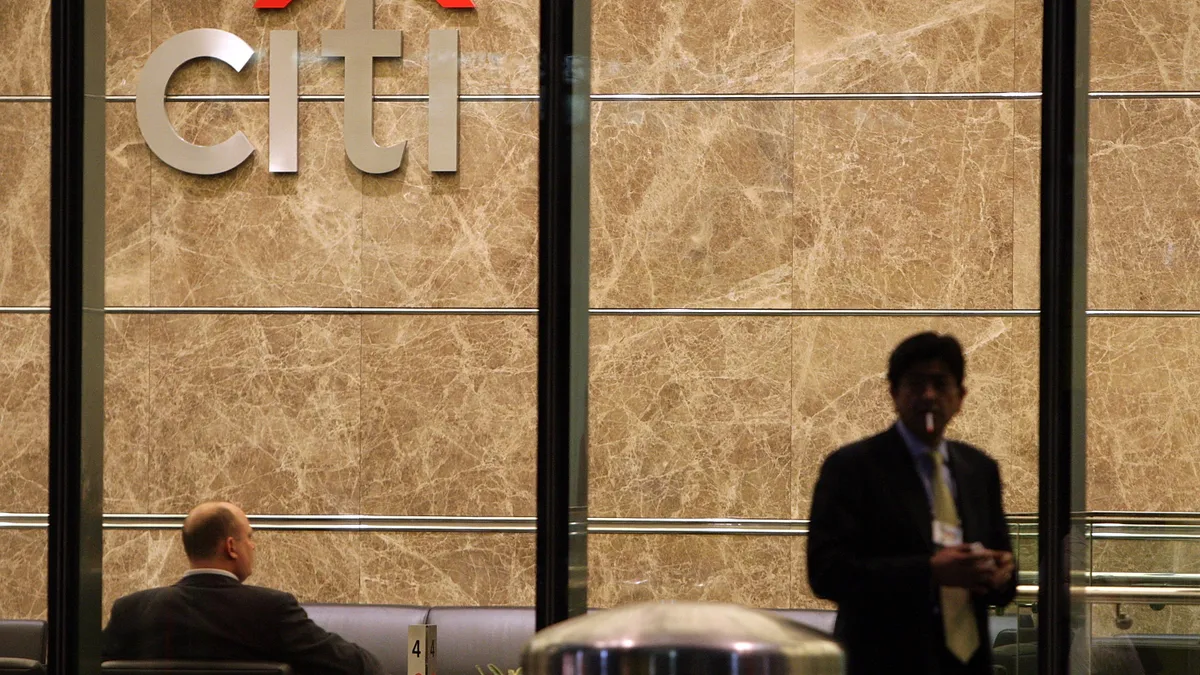Dive Brief:
- Citi poured $12.2 billion into technology last year, a 9% increase over 2022, according to a Q4 2023 earnings report published Friday. The company spent $11.2 billion and $9.9 billion on technology in 2022 and 2021, respectively.
- More than half of last year’s tech spend went into modernization initiatives, the report said, and the bank successfully retired nearly 400 legacy apps in the process of simplifying its technology infrastructure.
- “Modernization of our tech infrastructure is proceeding at pace, allowing us to deliver new capabilities to our clients,” CEO Jane Fraser said during a Friday earnings call. “We consolidated trading and reporting platforms and retired 6% of our legacy applications for the second year in a row.”
Dive Insight:
Citi’s billions of dollars in tech spend are part of a broad business transformation aimed at right-sizing the bank’s operations, re-architecting data infrastructure and enhancing automation.
As restructuring progresses, the company plans to cut 20,000 positions by 2026, Fraser said, including 5,000 managerial roles before the end of March.
The bank eliminated 300 senior management roles and reshuffled its tech leadership team in November, appointing Jonathan Lofthouse to co-CIO after the departure of Stuart Riley, who only held the position for three months. Earlier in the year, Citi beefed up its transformation workforce with the addition of 8,000 technologists.
“In 2023, we've seen a shift from consulting expenses to technology and compensation as we've gotten deeper into the execution of our transformation, and you should expect to see this trend continue,” CFO Mark Mason said Friday.
The company reported a net loss of $1.8 billion on revenues of $17.4 billion during the last three months of 2023 but had net income of $9.2 billion for the year.
The goal is for tech investments to drive transformation and revenue, Mason said.
“Beyond transformation, our technology investments are also focused on digital innovation, new product development, client experience enhancements and areas that support our infrastructure like cloud and cyber,” Mason said.















